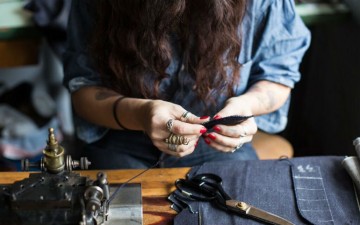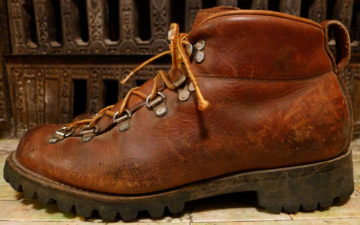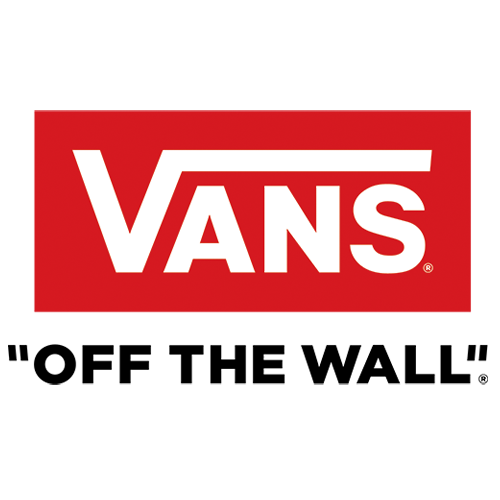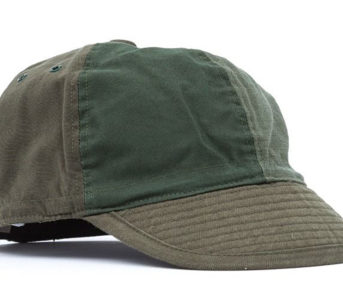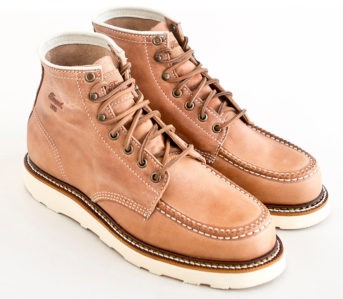Vans stands as one of the most iconic names in sneakers, skating, and Southern California culture. After over fifty years in the game, the brand is responsible for some of the most ubiquitous skateboarding footwear that has helped mould the sport and its culture.Whether you’ve picked up a skateboard or not, chances are you’ve owned a pair of Vans or know someone who does. But just how did Vans footwear become so iconic? Why do most Vans look like you’ve stepped on a waffle maker? We’re answering these questions and more in our rundown of the history of Vans.
The Early Years of Vans
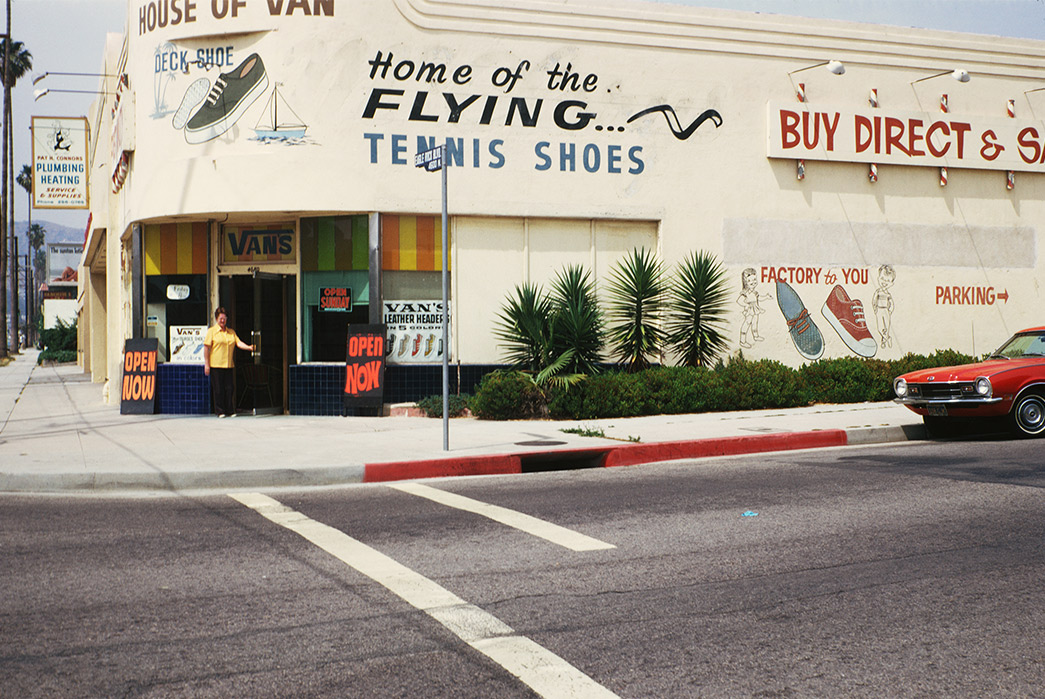
Van Doren Rubber Company store via Time
Vans was founded in 1966 when Paul Van Doren, along with his brother, James, and two other partners. After ditching school in his teens, Paul Van Doren found work with a one-time shoe manufacturer named Randy’s. Paul enjoyed success in the shoemaking field, earning the post of executive vice president by his mid-thirties.
His senior role saw him relocated from Massachusetts to California to save a failing Randy’s factory, but shortly after completing this task, Paul decided he wanted to hone his skills and experiences in shoemaking by starting his own brand.
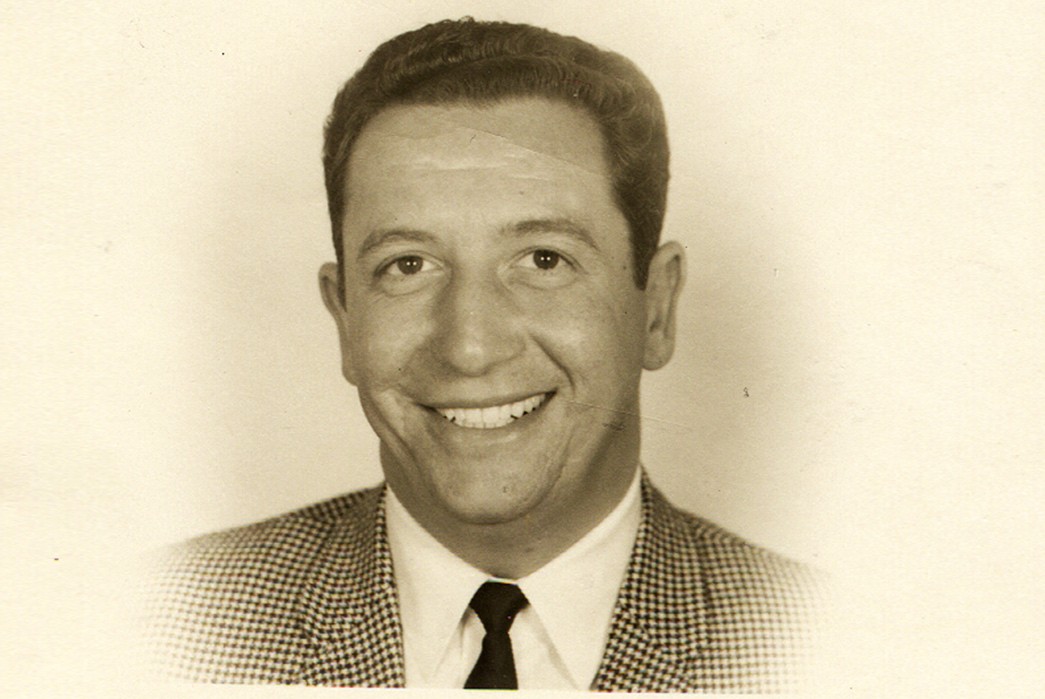
Paul Van Doren via Time
‘The Van Doren Rubber Company’ opened its doors on March 16th, 1966, armed with a very small inventory of simple canvas deck shoes with vulcanized soles – all hand-made with high-quality materials and hardware.
Unlike any other competitors in the area, the Van Doren Rubber Company was unique in that it manufactured and sold shoes on the premises, allowing customers to choose from an initial seven styles, a variety of colors, and return later that day to collect their freshly made shoes. The most popular style was the ‘Style #44’ (known today as the Authentic), a deck shoe with a heavyweight drill upper, and the all-important waffle sole.
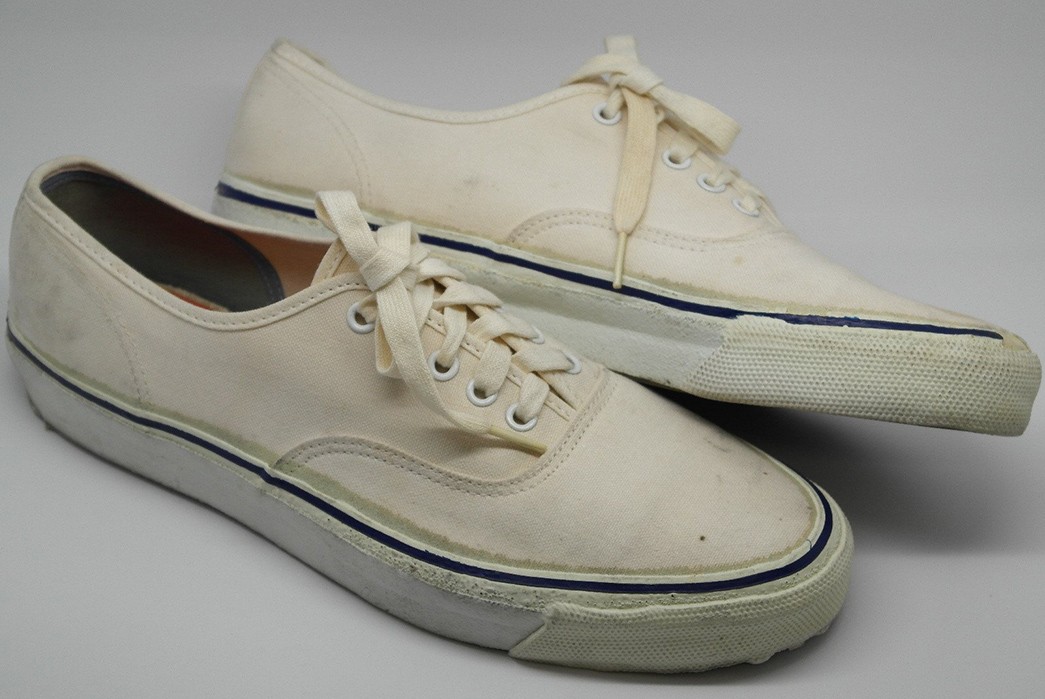
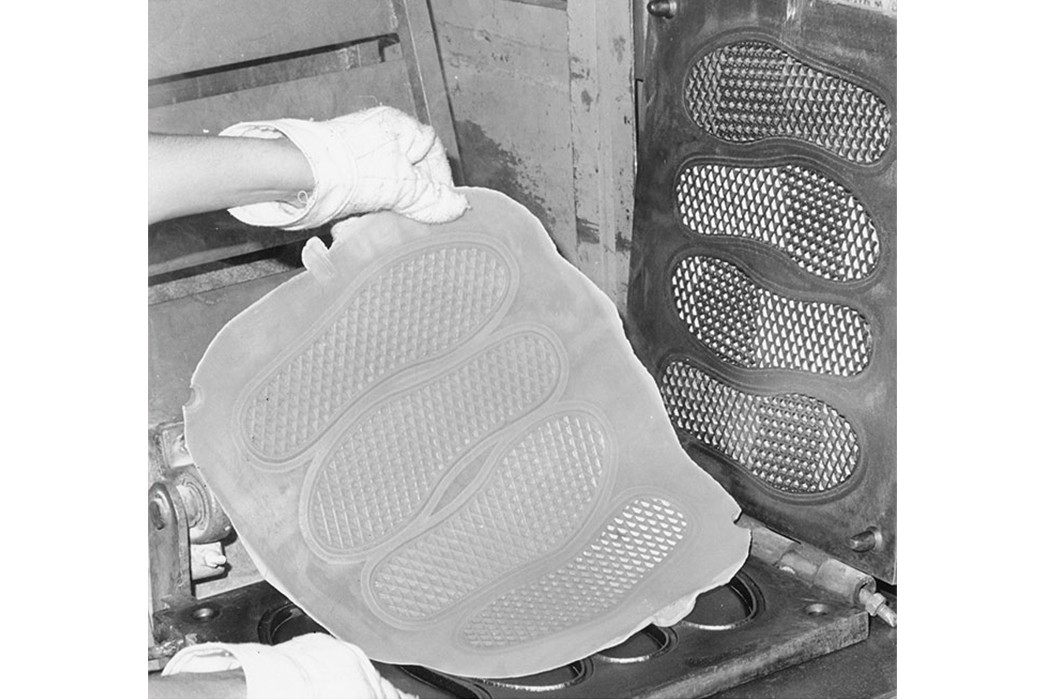
Waffle soles in production via Nordstrom
Paul Van Doren set out to make high-quality footwear at an easily accessible price-point, and the simple, yet highly effective rubber waffle sole was a major piece of that puzzle. Designed to add a measure of traction and grip to an otherwise very basic piece of footwear – the waffle sole instantly became the Vans calling card.
Vans Enters Skate & Surf Culture
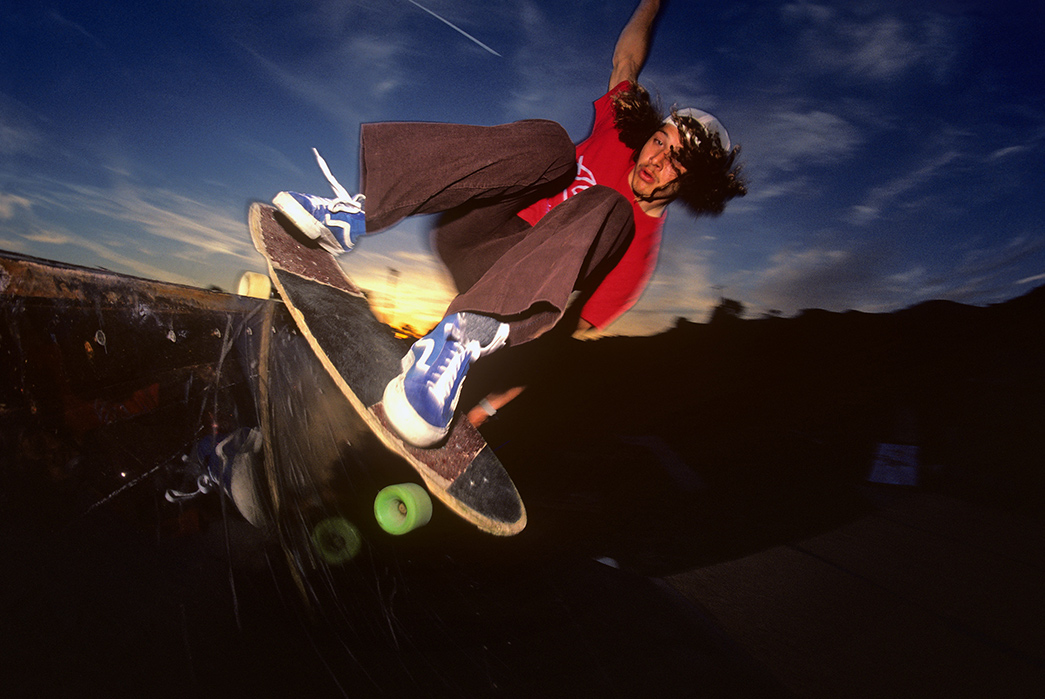
Tony Alva in Vans via Skateboarding Hall of Fame.
Vans high-quality deck shoes caught the attention of the local skateboarders in no time. The esteemed waffle sole was perfect for gripping to the board, while the narrow last provided greater stability on the narrow boards of the late-sixties and early-seventies. Before long, skateboarders across the whole of southern California could be seen in Vans, carving bowls and cruising down the endless coastline.
One group of skaters who were particularly involved in Vans’ swoop into skate culture were the Z-Boys team, particularly members Tony Alva and Stacey Peralta. The duo frequented the Van Doren Rubber Company store, building a rapport with Paul & James Van Doren who would often sell them singular right and left shoes if the skaters had worn through their pair unevenly while skateboarding.
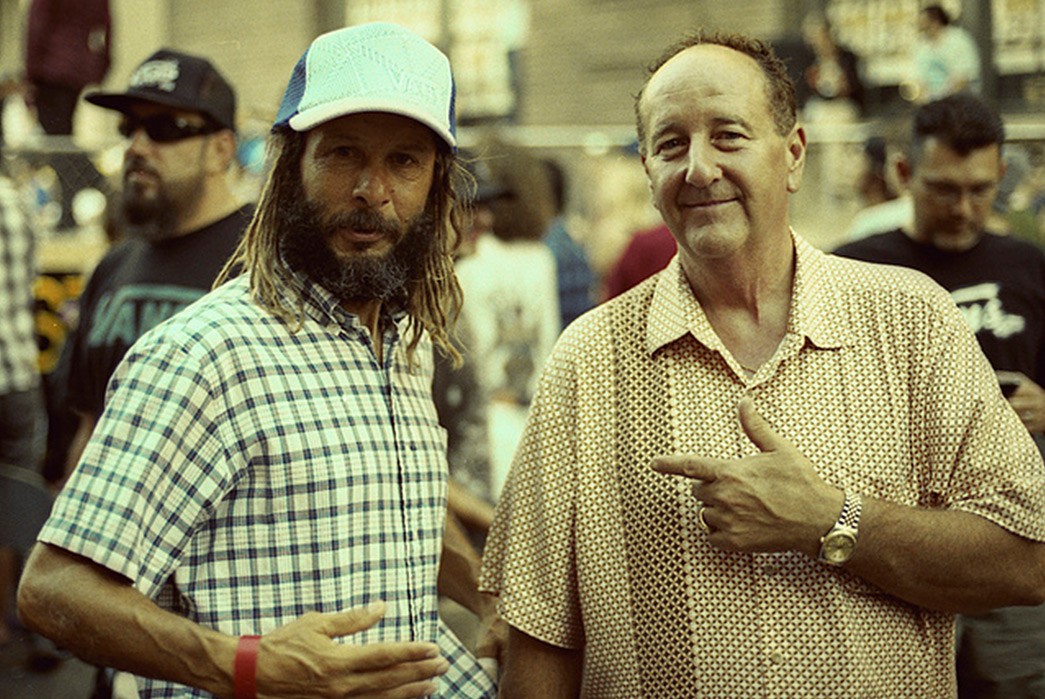
Tony Alva and Paul Van Doren via Beyond the Box
After forming a solid relationship with the Van Dorens, Alva and Peralta began suggesting tweaks that could be made to the existing vans styles to improve their suitability for skateboarding even further.
The Z-Boys duo pair proposed adding padding to the collar of Style #44 to provide extra comfort and protection while carving bowls and skating swimming pools. Vans worked with Alva and Peralta to develop these ideas into the ‘Off the Wall’, Vans first official skateboarding shoe.
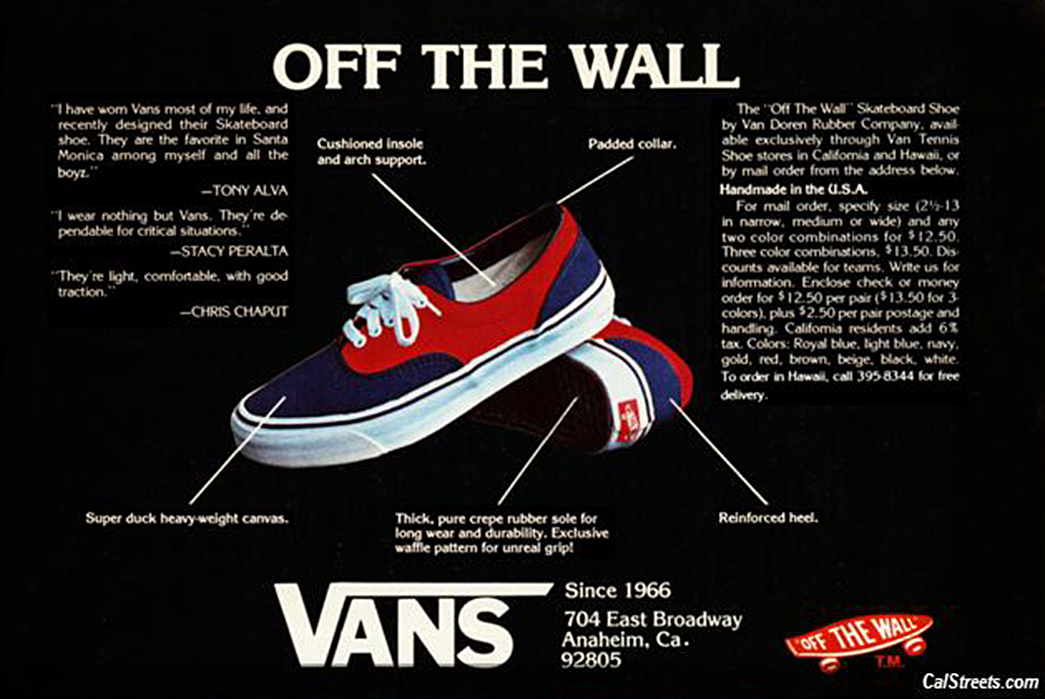
1976 Off the Wall advert via Calstreets
Debuting in 1976, the Off the Wall (now known as the Era) was, and still is, a beefed up rendition of the Style #44. Vans added a heel counter, padding around the collar, and replaced the drill upper with heavyweight cotton duck. The Off the Wall met the skateboarding world with great reception and became the shoe of choice for a whole generation of skaters, as well as birthing the now commonplace ‘Off the Wall’ slogan.
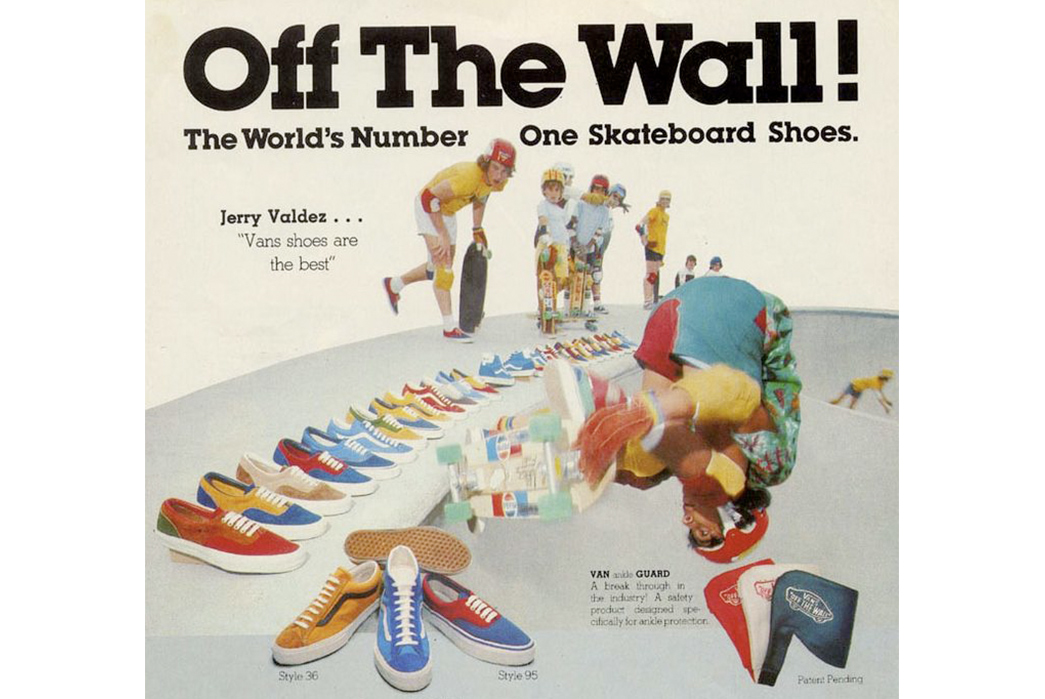
Image via Pinterest.
One year later in 1977, the Off the Wall was followed up with another skateboarding shoe, dubbed Style #36. Originating from a doodle drawn by Paul Van Doren, this new style was the first Vans shoe to feature the now-iconic ‘Jazz Stripe’ on the side. Now known as the ‘Old Skool’, the Style #36 was also the first Vans to utilize leather panelling to bolster the upper. 1977 also saw the creation of the classic Style #98 Slip-On, a model made with BMX riding in mind as well as skateboarding.
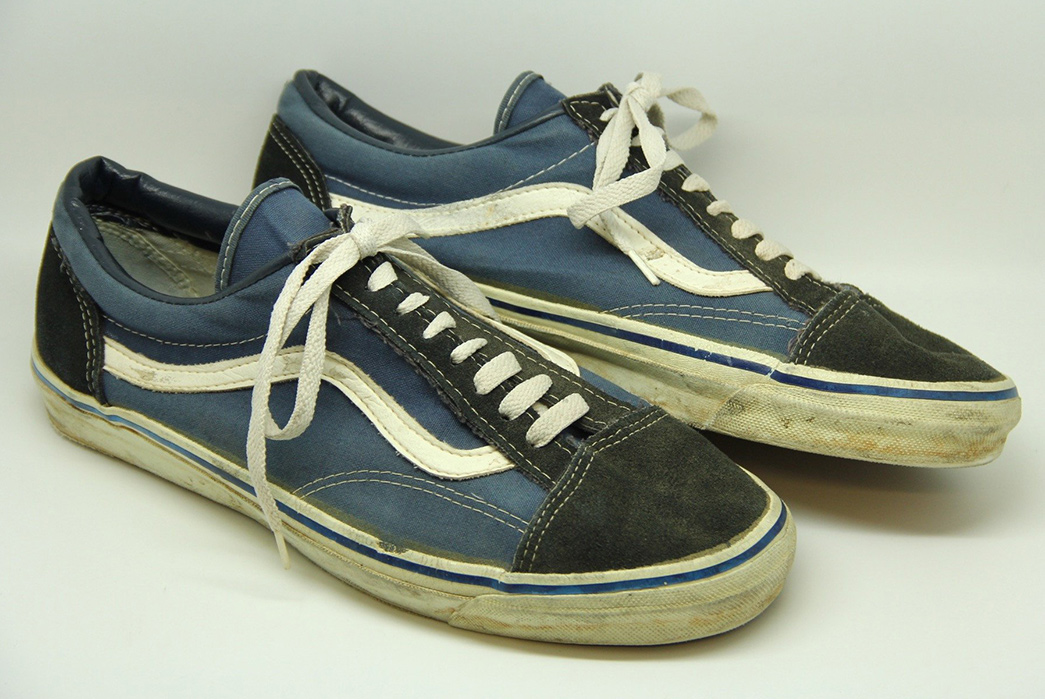
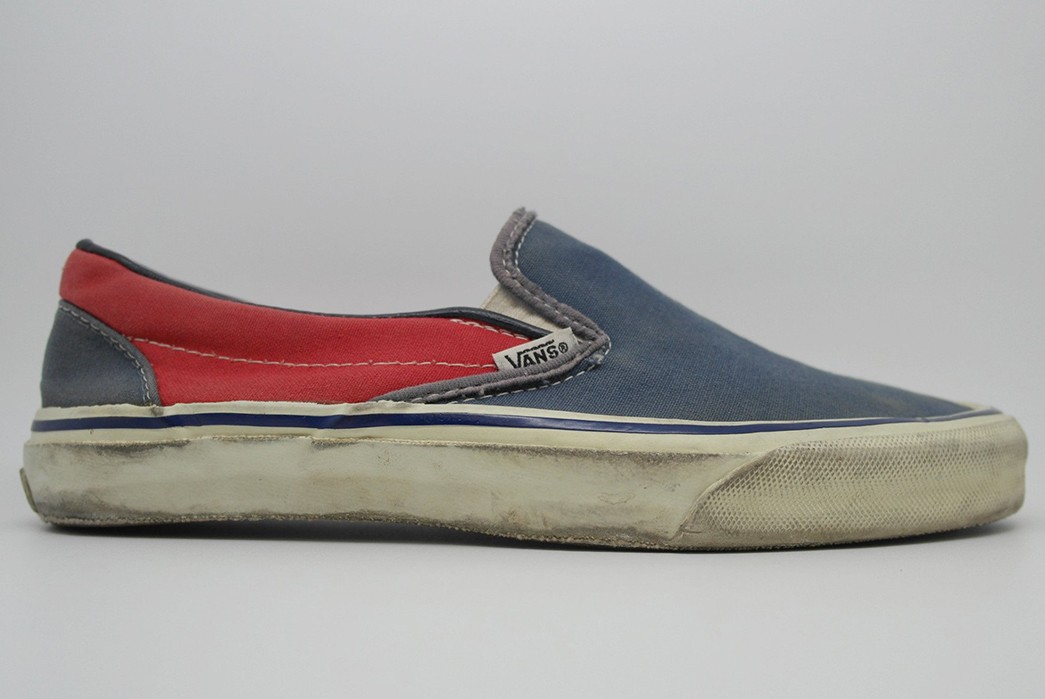
Vans Style #36 and #98 Slip-On via Pillow Heat
Skateboarding was rapidly growing in intensity and popularity, and Vans acted accordingly, releasing the Style #38 in 1978. Now known as the ‘Sk8-Hi’, this model is touted for taking skateboarding footwear to a whole new level with its high-top construction that protected ankles. This revolutionary model also featured the jazz stripe, leather paneling, and waffle sole hallmarks.
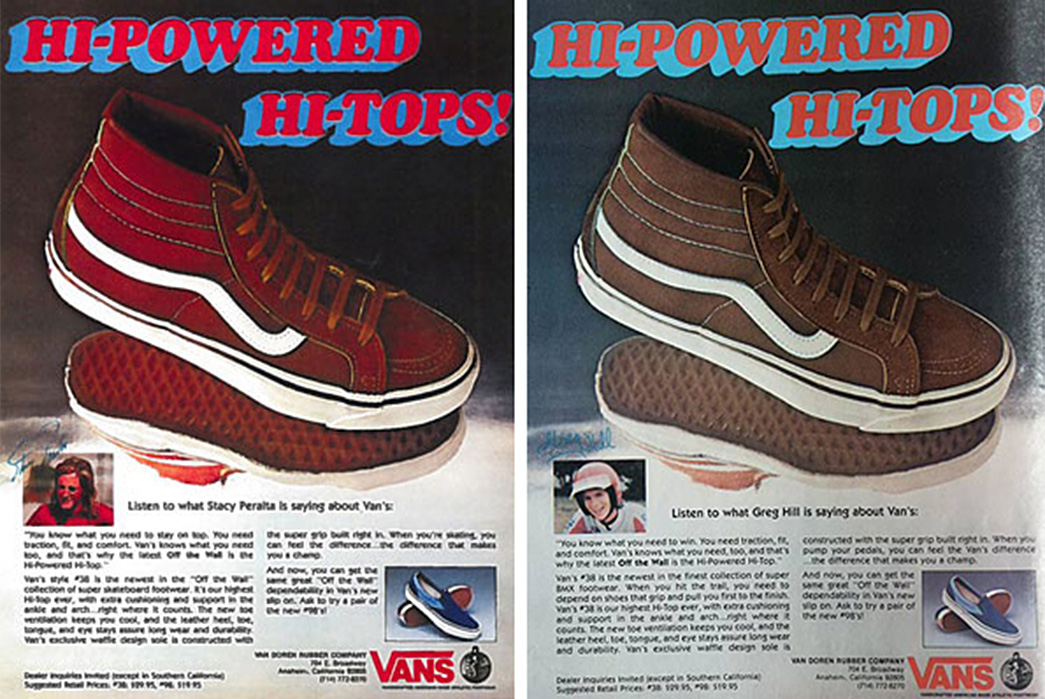
An advert for Vans Style #38 via Share Skateboarding
With a place in skateboarding culture firmly set, Vans ventured into the world of surfing. They became the sponsor for the Triple Crown surfing competition and helped pioneer the event which would go on to include other action sports such as wakeboarding, motocross, snowboarding, and BMX. The event became known as the Vans Triple Crown Series, receiving global television coverage and prompting Vans to form a pro-surf team, in addition to their team of sponsored skateboarders.
Vans Goes Global
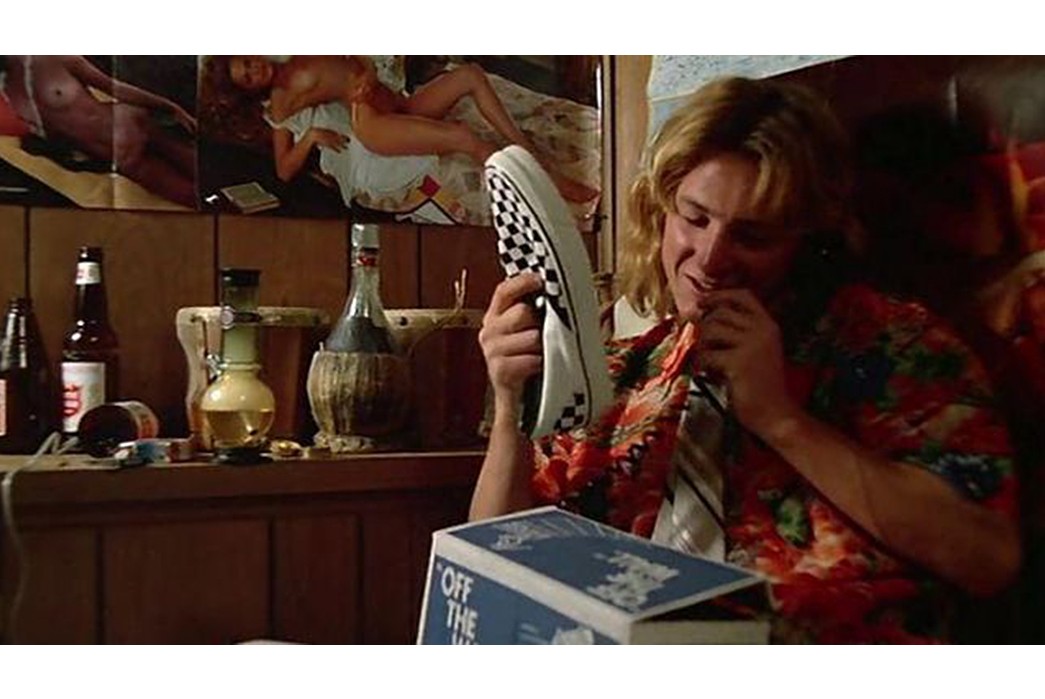
Image via Spotern
By the Eighties, Vans was a global brand with a plethora of models to satisfy a variety of needs and styles. As well as action sports, the brand gained exposure on the big screen in the 1982 movie, Fast Times at Ridgemont High. Starring Sean Penn, the movie saw his character, Jeff Spicoli, famously don a pair of checkerboard Slip-Ons throughout the picture.
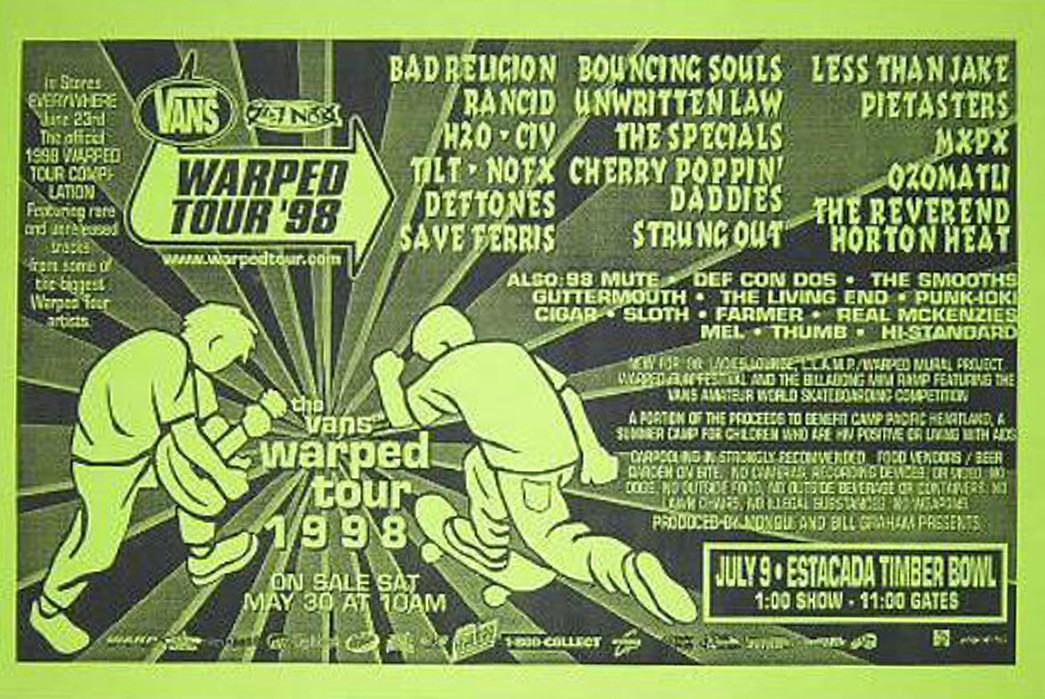
Image via Skatepunkers
In 1995, Vans became the sponsor for The Warped Tour, now known as Vans Warped Tour. As a travelling American rock festival, this event has played a major part in the boom of pop-punk, emo, and hardcore punk genres, featuring now-famous performances by Blink 182, New Found Glory, GlassJaw, and many more.
Bankruptcy & Rebound
Despite their continued success, some of the products on the peripheries of vans offerings did not sell anything like their core product. With resources running low and the company in substantial debt, Vans filed for bankruptcy in 1984. Paul Van Doren returned to head the company after previously stepping down, and Vans bounced back after just three years, paying back every dime owed.
In 2004, worldwide apparel and footwear company VF Corporation completed the purchase of Vans for a massive $396 million, and continue to own and operate the brand today.

